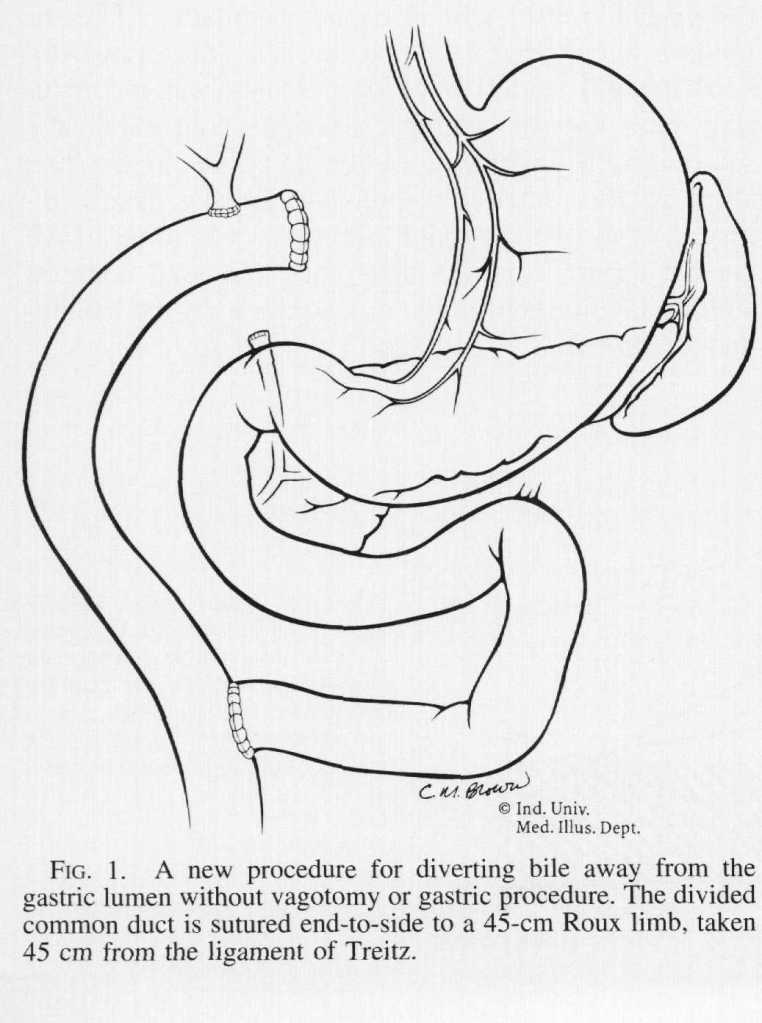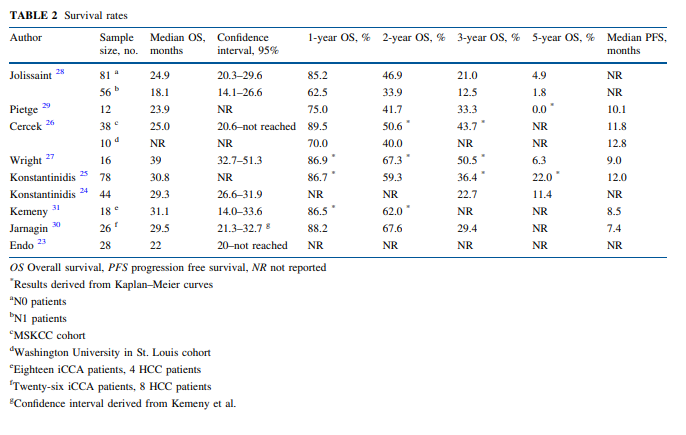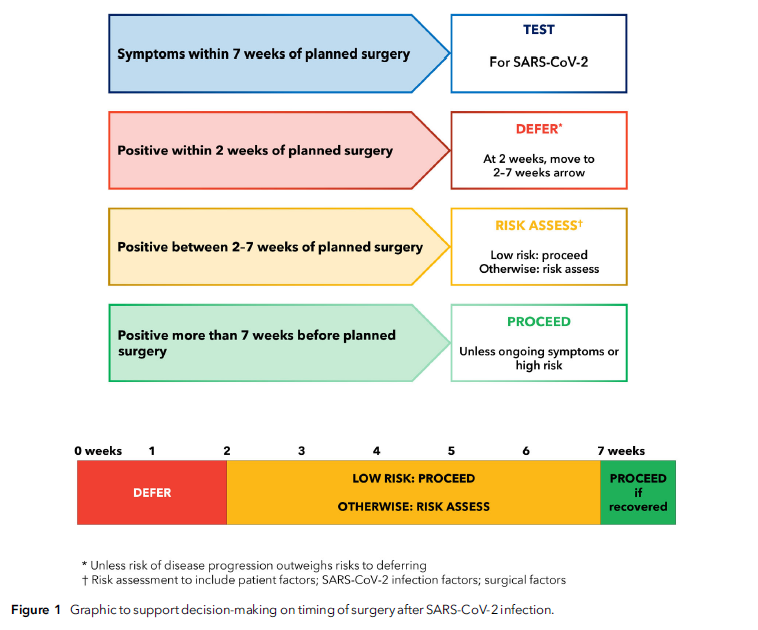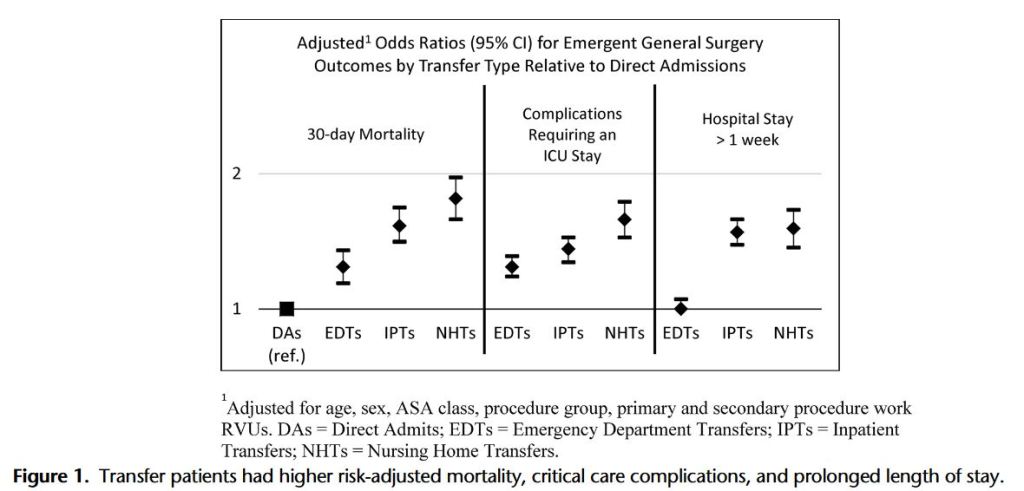
We are excited to share a new section titled “Essential Articles for Surgical Residents.”
Keeping up with surgical literature in residency can be challenging. This list was created to serve as an easily accessible, up-to-date, and evidence-based resource for residents.
The content has been curated by faculty from each department and is intended to supplement the standard educational curriculum of each rotation with current and relevant literature.
Continue reading




